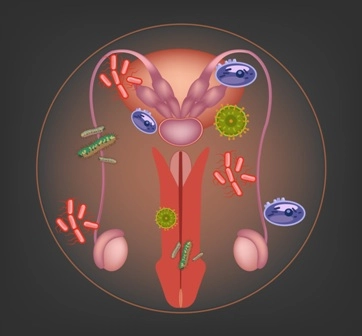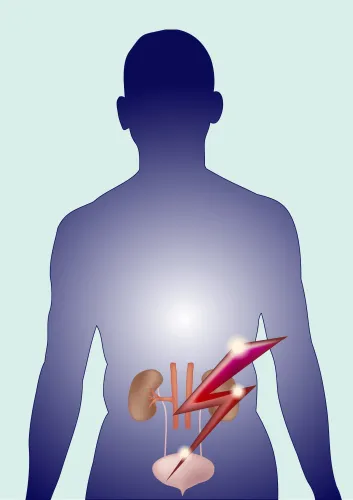Prepare for These Changes to Urology Diagnoses in October

There’re might not be many updates, but you’ll be glad to see them. CMS has released its “first look” at updates to ICD-10 that will become effective on Oct. 1, 2017, including some welcome shifts for urology coders. Read on for a quick rundown of what you’ll need to know. Deletions Are Replaced by Multiple, More Specific New Codes One advantage ICD-10-CM has over ICD-9 is the level of specificity with diagnoses, whether you’re in search of a more detailed descriptor, laterality, or other factors. ICD-10-CM 2017/18 will delete two of the less-specific diagnoses you might not have been satisfied reporting – and replace each of them with three more options. Deletion 1: Diagnosis Q53.11 (Abdominal testis, unilateral) will be replaced with codes that describe the type of testis: Deletion 2: The deletion of Q53.21 (Abdominal testis, bilateral) will follow the same pattern with its new replacement diagnoses: “I, for one, am glad they have some new testis diagnoses,” says Christy Shanley, CPC, CUC, finance director and billing manager for the department of urology/UC Irvine Health in Orange, Cal. “I always ask my pediatric physicians to document this way.” New Diagnoses Address Non-palpable Testicles In the midst of these additions, don’t miss two that will certainly find a place in your urology coding: “The new ICD-10 codes for undescended testes will provide additional diagnoses for the anatomical locations of the undescended testicle found within the inguinal canal or upper scrotum,” explains Michael A. Ferragamo, MD, FACS, assistant clinical professor of urology at the State University of New York, University Hospital and Medical School at Stony Brook, New York. “These diagnostic codes indicating location have been sorely needed for accurate coding of the cryptorchid testicle.” Revised Codes Add Tiny Details to Descriptors You will also find four revisions to urology-related diagnoses, each with only one- or two-word changes in the revised descriptors. “These minor word changes increase the accuracy of your ICD-10-CM coding – which was an objective of the coding system,” Ferragamo notes. Altogether, the Oct. 1, 2017, update to ICD-10-CM will bring: These leads to a total of 728 ICD-10-CM code changes. Urology-specific diagnoses include eight new code additions, two code deletions, and four code revisions.




